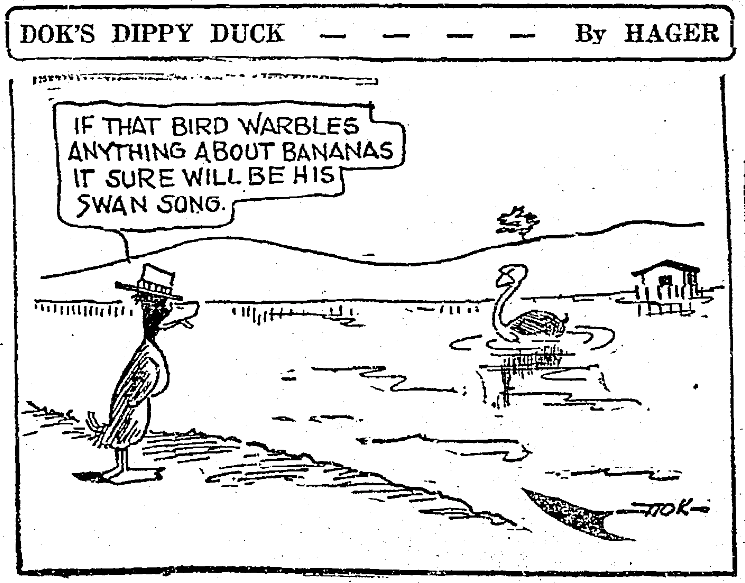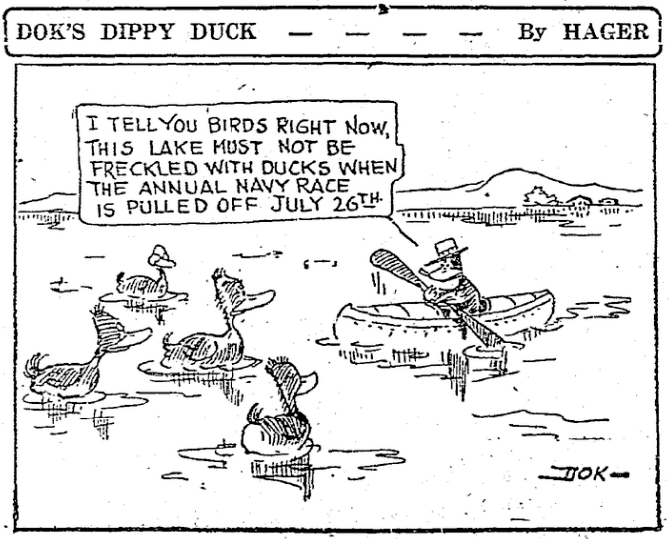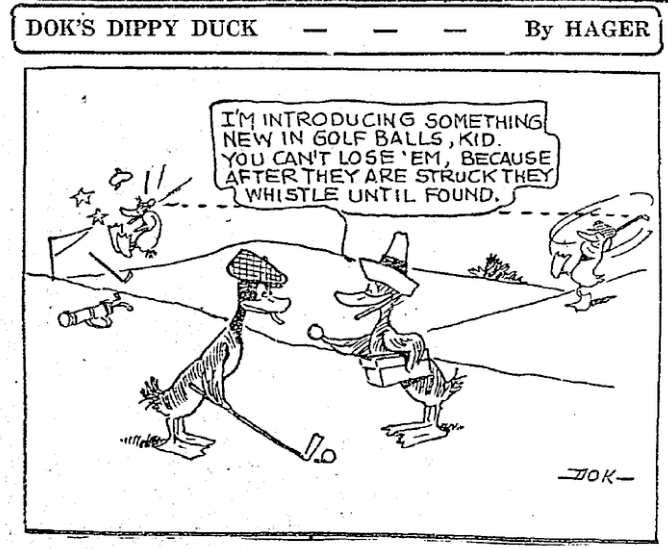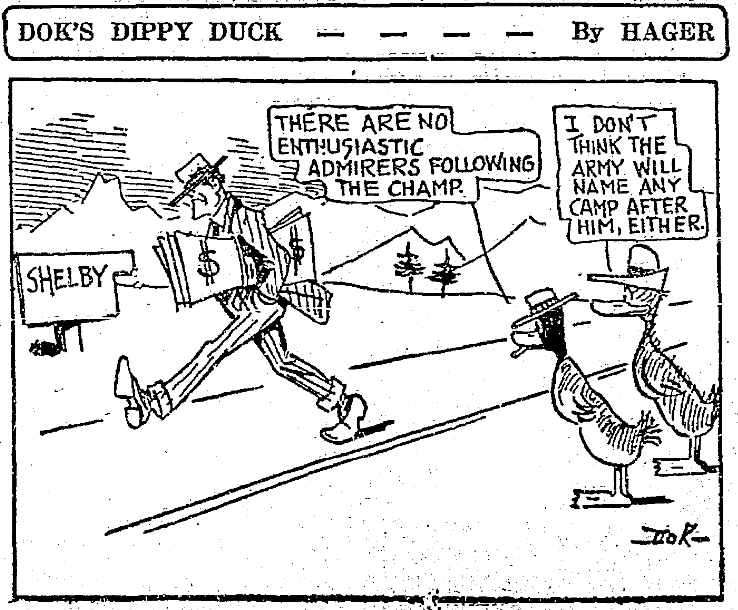
(As I’ve noted previously, the pre-Henry Luce Life Magazine‘s pioneering movie reviewer Robert E. Sherwood went to bat for a lot of now-revered silent films at a time when they were badly losing the eternal art vs. commerce battle. That’s not to say he nailed it every time, as if anyone ever could when it comes to matters of personal taste. Here’s a sampler box of some real surprises.)
The Cruiser Potemkin
(September 23, 1926)
Soviet Russia has at last deposited a moving picture on these shores. It is called The Cruiser Potemkin, and it presents the official record of a mutiny aboard a warship after the Russo-Japanese war.
In this picture we are supposed to see the awakening of the rebellious spirit in the Russian soul; we are supposed to hear the first faint murmurs of that voice which, ten years later, was to burst into a violent full-throated roar of protest against the tyrannies of the Romanoff régime.
Such is the object of The Cruiser Potemkin; so far as this observer is concerned, it failed almost entirely to accomplish that object. I saw in it a few marvelous examples of the director’s and photographer’s art–notably the deliberate, ruthless advance of a company of soldiers upon a hysterical, mutinous mob; but I found the picture as a whole to be so utterly confused, so disorderly, as to be practically incomprehensible.
The Cruiser Potemkin proves that a movie may have magnificently effective long shots and still fail as coherent drama because its close-ups fail to hit the mark. The director here has handled his mobs with unbelievable skill, but when he gets down to individual cases, he is lost.
Look at a Von Stroheim, a Lubitsch or a Chaplin production and you will find that the long-shots make the picture, but that the close ups tell the story.
This review of The Cruiser Potemkin is of purely academic interest, as the film will never be permitted to get by the National Security League, Secretary of State Kellogg and other defenders of the faith.
(Neil’s note: In the weeks that followed, Sherwood dutifully noted in the capsule reviews the growing number of critics who disagreed with his assessment, giving the distinct impression that his critical pan was an isolated incident.)
The General
(February 24, 1927)
Buster Keaton shows signs of vaulting ambition in The General; he appears to be attempting to enter the “epic” class. That he fails to get across is due to the scantiness of his material as compared with the length of his film; he has also displayed woefully bad judgment in deciding just where and when to stop.
In the latter connection, someone should have told Buster that it is difficult to derive laughter from the sight of men being killed in battle. Many of his gags at the end of the picture are in such gruesomely bad taste that the sympathetic spectator is inclined to look the other way.
The General has some grand scenes. Two aged locomotives chase each other through the heart of the Civil War zone, and the ingenuity displayed by Buster Keaton in keeping these possibly tedious chases alive is little short of incredible.
In spite of its pretentious proportions, The General is not nearly so good as Raymond Griffith’s Civil War comedy, Hands Up.
Metropolis
(The Paramount/Channing Pollock cut)
(March 24, 1927)
The new German picture, Metropolis, is undoubtedly the most ambitious effort in celluloid since Intolerance. It sets out boldly to tear to shreds the expensive fabric of our materialistic civilization–a fabric woven on vast looms that have been lubricated, the subtitles explain, with the blood and sweat of the workers.
It tells the story, in fantastic and quasi-allegorical terms, of a fabulous city in which efficiency is god. Above the street level are towering skyscrapers, elevated boulevards, marble stadiums and luxurious palaces of shame; below ground are the dark homes of the bent, haggard workers who tend the elaborate machines.
Carrying efficiency to its ultimate development, a diabolical scientist–the slave of the moneyed class–develops an automaton which can do a man’s work and thus eliminate flesh and blood entirely from the already soulless scheme of modern creation. This invention, of course, develops the destructive tendencies of Frankenstein’s monster and of Capek’s Robots, and threatens to pull the city of Metropolis down on the heads of its rulers; but such a calamity is averted, and the picture ends in a glorious outburst of the get-together spirit and the conclusion that, after all, God is love.
There is altogether too much of Metropolis–too much scenery, too many people, too much plot and too many platitudinous ideas. There is also some tolerably bad acting. It has all and more of the eloquent pictorial effectiveness of The Last Laugh or Variety, but it has none of the simple directness of these great films.
It is perhaps unduly squeamish of me to dwell first on the faults of Metropolis; its virtues are manifold and extraordinary. In all my years as a paid guest at movie palaces I have never seen such amazing pictures as are crammed into every reel of this gigantic production.
Fritz Lang, who directed Metropolis, and Karl Freund, who commanded the battery of cameras, have combined to produce photographic effects that are not far short of miraculous. They have displayed an astounding knowledge of the art of movie legerdemain, and unlimited imagination as well.
As to the acting, I was considerably more impressed by the extras than by the principals–the latter, with the exception of Alfred Abel and Brigitte Helm, being quite ham.
There is a certain resemblance between Metropolis and the hero of one of Stephen Leacock’s nonsense novels, who leaped on his horse and rode off furiously in all directions. If the producers of this incredible picture could only have decided on one definite point toward which to travel, the spectator–who, after all, has only two eyes and one brain–would be able to follow their progress much more easily.
As it stands, Metropolis is actually too much of a good thing.
–R.E. Sherwood.






















